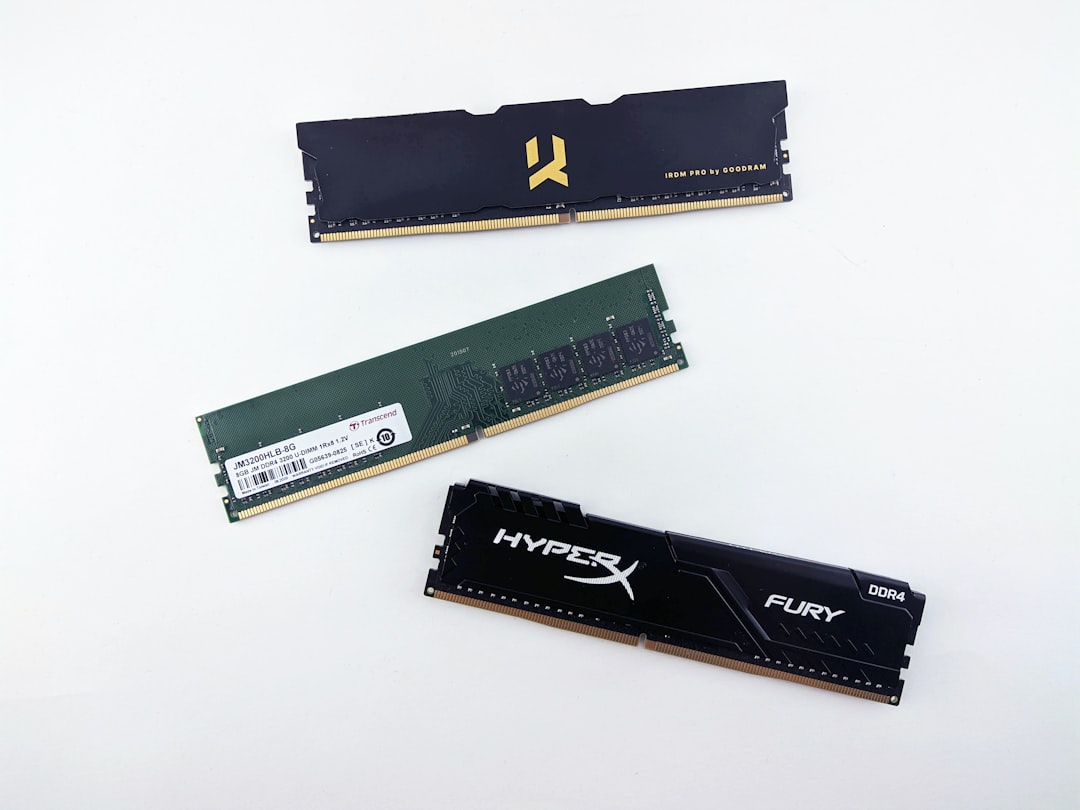When NVIDIA released the GeForce GTX 1070 and later followed up with the GTX 1070 Ti, PC gamers were naturally curious about the differences between the two. Both graphics cards promised excellent 1440p performance and were built on the same Pascal architecture, but their price and performance created a debate over which card offered better value. Whether you’re building a new gaming rig or upgrading your current setup, understanding the key differences between the GTX 1070 and the 1070 Ti can help you make the best choice.
TLDR:
The GTX 1070 and GTX 1070 Ti are very similar, sharing the same Pascal architecture and memory configuration. The 1070 Ti, however, features more CUDA cores and higher base and boost clock speeds, offering a modest performance boost at a slightly higher power draw. If you’re looking for the best performance without jumping to the GTX 1080, the 1070 Ti is the better pick. Still, the GTX 1070 can be an excellent value, especially on the second-hand market.
The Core Differences: Specs Breakdown
The first and most obvious place to compare the GTX 1070 and GTX 1070 Ti is their core specifications. While both cards are based on NVIDIA’s Pascal architecture and use the 16nm process, there are subtle but notable changes under the hood.
- CUDA Cores: The 1070 features 1920 CUDA cores, whereas the 1070 Ti bumps that up to 2432 — a sizable increase that accounts for much of the performance difference.
- Base Clock: The 1070 starts at 1506 MHz, while the 1070 Ti comes in slightly lower at 1607 MHz. However, most Ti models boost beyond this thanks to better binning and cooling designs.
- Boost Clock: The 1070 boosts up to 1683 MHz, while the 1070 Ti is rated at 1683 MHz as well, although many custom and overclocked variants go higher.
- Memory: Both cards feature 8GB of GDDR5 memory running at 8Gbps on a 256-bit interface, with the same memory bandwidth of 256GB/s.
- Power Consumption: The 1070 carries a 150W TDP, while the 1070 Ti is slightly higher at 180W, indicating a bit more power draw under heavy loads.
The takeaway here is that the GTX 1070 Ti is essentially a more unlocked version of the GTX 1070, sitting closer in performance to the GTX 1080 but without the added cost of GDDR5X memory (used in the 1080).
Real-World Performance: Gaming Benchmarks
While comparing specs is helpful, it’s the actual in-game performance that really matters. In most modern AAA titles at 1080p and 1440p, the 1070 Ti consistently outperforms the 1070, sometimes by as much as 10-15%, depending on the title and system configuration.
Let’s look at some general performance trends in popular games:
- Shadow of the Tomb Raider: 1070 averages around 74 FPS at 1440p on high settings, while the 1070 Ti manages roughly 83 FPS.
- The Witcher 3: Both cards deliver great performance, but the 1070 Ti sits around 10 FPS ahead at high resolutions.
- Fortnite: The difference narrows here, with the 1070 Ti pushing out 10-12 more FPS on Epic settings at 1080p.
- Cyberpunk 2077: Neither card shines in this demanding title without tweaking settings or lowering resolution, but the 1070 Ti still leads.

If you’re gaming at 1080p, either card will suffice for most current-gen titles. For 1440p gaming or high-refresh monitors, however, the 1070 Ti presents a stronger case with its closer-to-1080-level performance.
Overclocking Headroom and Efficiency
Overclockers might find the 1070 Ti particularly appealing due to its design. NVIDIA’s reference partners often left the 1070 Ti without factory overclocks, encouraging enthusiasts to push the card themselves. In contrast, the GTX 1070 came in a wider variety of pre-overclocked models.
When overclocked, the 1070 Ti can nearly match a stock GTX 1080 in many applications, pushing its core clock well past 1900 MHz with a proper cooling solution. This added value is especially appealing to DIY PC builders who like to get the most out of their hardware.
In terms of power and thermal efficiency:
- GTX 1070: Popular for low power draw and quiet thermals. Recommended for compact or less-ventilated builds.
- GTX 1070 Ti: Requires a bit more power and cooling, but rewards you with extra frames if managed properly.
Price and Market Value
At launch, the GTX 1070 had an MSRP of around $379, while the GTX 1070 Ti debuted at $449. However, today’s pricing — especially on the used market — can fluctuate significantly depending on demand, crypto mining trends, and availability.
Currently, you can often find used GTX 1070s for significantly less than 1070 Ti cards, making the former a solid choice for budget-conscious gamers. That said, the 1070 Ti is still regarded as a long-lasting powerhouse, worth the premium if you’re focused on future-proofing to some extent.

Some key considerations when checking prices:
- Check benchmarks for specific games you play — if the performance difference is negligible, the 1070 may save you money.
- Look at the cooling solution and build quality — aftermarket models with larger coolers tend to last longer and overclock better.
- Avoid heavily mined cards if you’re buying second-hand — long-term mining usage can degrade performance and reliability.
Upgrade Paths and Longevity
As of 2024, both cards are aging but still viable for 1080p and even some 1440p gaming, thanks to their 8GB VRAM. However, the 1070 Ti’s additional horsepower may help squeeze more life out of the system, especially as games continue increasing in graphical fidelity.
That being said, neither is ideal for ray tracing or heavy DLSS workloads. They simply lack the hardware features found in the RTX 20- and 30-series GPUs. If those technologies are important to you, it may be worth looking at newer cards. Still, for classic rasterization workloads, JPEG rendering, and even some light workstation tasks, both cards hold value in 2024 and beyond.
So Which One Should You Buy?
The answer depends largely on your priorities.
-
Choose the GTX 1070 if:
- You’re on a tight budget and can find a good deal second-hand.
- You play mostly eSports or older AAA titles.
- Power efficiency and quiet operation are high priorities.
-
Choose the GTX 1070 Ti if:
- You want better performance in modern titles without jumping to a 1080.
- You’re comfortable with overclocking and have good airflow in your case.
- You prefer a bit more gaming longevity out of your purchase.
Conclusion
The GTX 1070 and GTX 1070 Ti may look similar on the surface, but their performance differences make each suitable for slightly different audiences. The 1070 Ti stands out for delivering near-GTX 1080 levels of performance without the higher cost, while the GTX 1070 offers excellent value and cooler, quieter operation. Ultimately, whether you choose the 1070 or 1070 Ti, both remain solid choices for gamers seeking capable 1440p performance — just be sure to match your pick to your specific needs, games, and budget.

